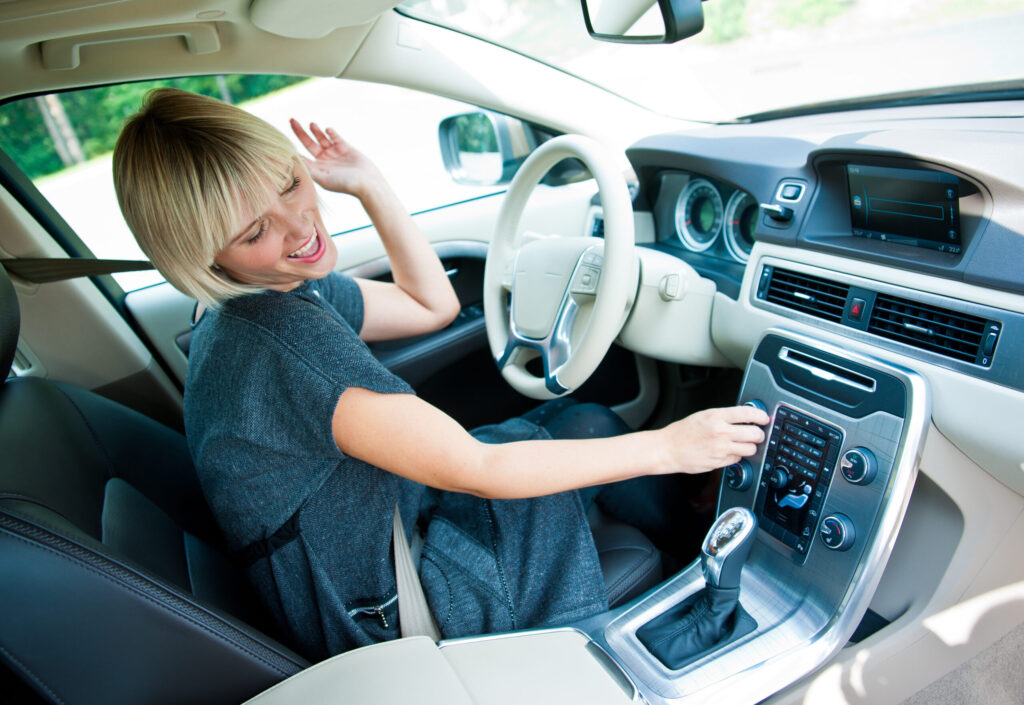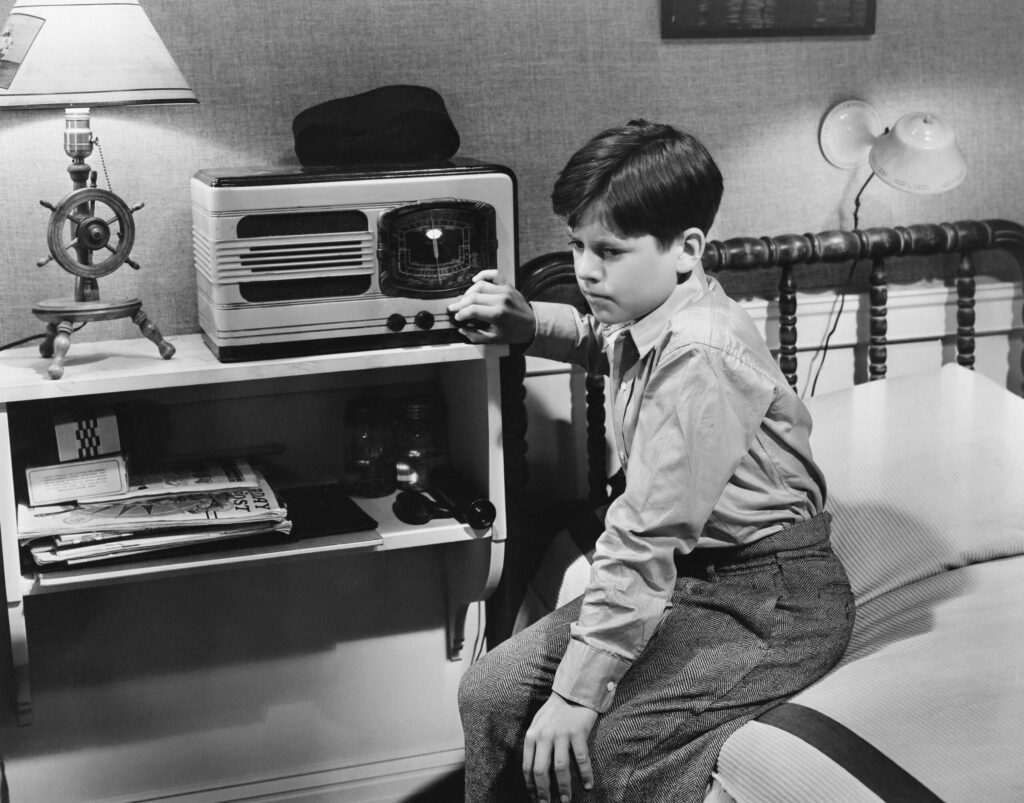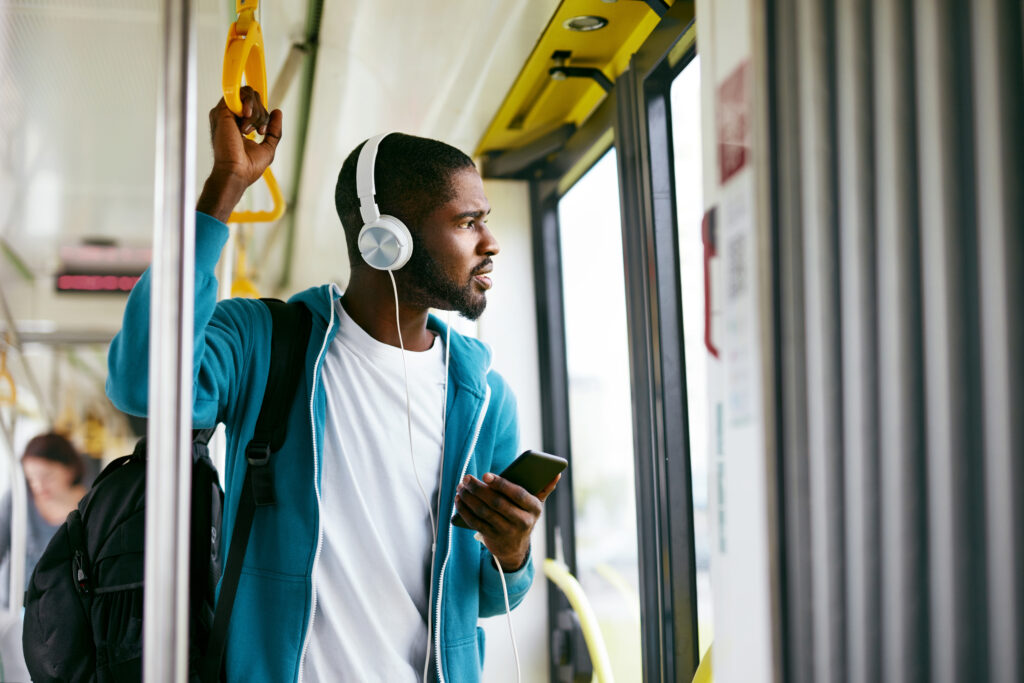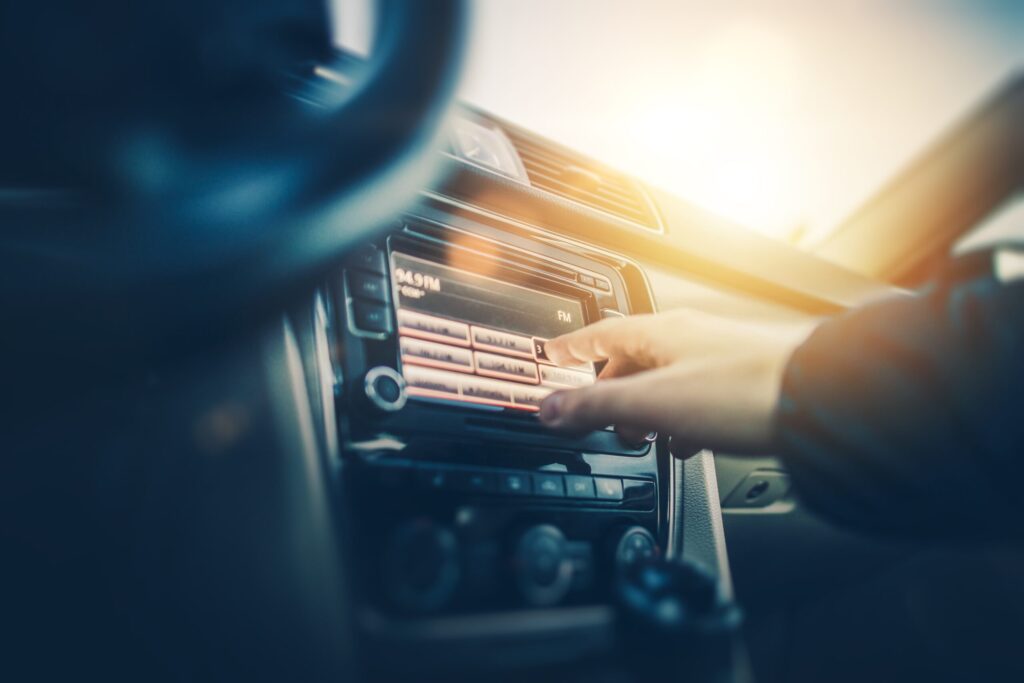Radio is still valuable in 2025 because it’s immediate, intimate, and accessible. Its ability to reach wide audiences, blend traditional formats, and adapt to new trends keeps it evergreen.
While some assume the rise of streaming services and social media platforms would render it obsolete, radio has proven to be a resilient and adaptive medium. In 2025, radio doesn’t just survive; it thrives as a critical tool for marketing, advertising, and content creation.
Despite the emergence of podcasts, streaming services, and on-demand content, radio maintains relevance in the world of media. Brands and creators alike are rediscovering its potential as a dynamic and far-reaching platform.
Why has radio persisted when other analog platforms have faded? The answer lies in its accessibility, adaptability, and ability to connect intimately with its audience.
The McGuinness Media & Marketing team is tuning into the power of radio and why marketing professionals and content creators should keep it a priority.
Why video didn’t kill the radio star
Although the Buggles’ 1979 song “Video Killed the Radio Star” famously expressed apprehension for the future of radio, the medium remains relevant in 2025.
According to a January report by RadioInk, a recent survey shows that 85% of adults aged 25 to 64 tune in weekly.
It also notes that “radio’s audience has remained steady over the past three years.”
An October 2024 report by Westwood One shows the gap between television and AM/FM radio ratings among people aged 25 to 54 is closing.
“Based on TV and AM/FM radio audience forecasts, 2025 will see AM/FM radio overtake TV in the all-important 25-54 demographic by 13% and widen its ratings lead over TV among 18-49s by 47%,” the report says.

Video did not really kill the radio star – it may be more accurate to say that video and radio share the same goal of reaching a wide audience with immediate content.
Radio thrives in its accessibility. People of all age groups don’t need the latest smartphone or ultra-fast Wi-Fi to tune in. From commuters listening in their cars to small business owners streaming while they work, the diversity of the audience is unmatched.
The medium also fosters relationships which keep listeners coming back. People trust their go-to news outlets and DJs and are likely to recommend them to others.
Radio has an unparalleled ability to cater to niche markets and local audiences. While big ad platforms focus on mass markets or broad targeting algorithms, radio fosters community spirit. For marketers looking for hyper-targeted opportunities, community radio or local FM stations often provide incredible value.
Theater of the Mind
Radio is often referred to as “theater of the mind.”
The quote is most attributed to radio great Steve Allen, with the full quote continuing, “Radio is the theater of the mind; television is the theater of the mindless.”
The term refers to the importance of the relationship between radio and the human imagination. Viewers ultimately choose the story, creating scenes and forming characters based on their interpretation of the audio.
A slightly altered version of the term – “theater in the mind” – is attributed to radio actor Joseph Julian in his 1975 memoir “This Was Radio.”
He ends his memoir with a touching final anecdote:
“Trying to analyze the reasons for the broad, universal appeal of radio drama, I found it expressed best by a little seven-year-old boy who, during a recent survey on preferences of children, was asked which he liked better, plays on the radio or plays on television.
“On the radio,” he said.
“Why?” he was asked.
He thought for a moment, then replied, “Because I can see the pictures better.”’

Creating a “mental picture” is impactful, granting an original experience for each consumer.
Since there are no visuals, audio-only content demands more mental engagement from the audience. This involvement fosters stronger memory retention and emotional connections to the content.
Music, tone, and voice modulation all add layers of emotion, enhancing storytelling. A well-placed sound effect or the warmth of a speaker’s voice can stir feelings that visuals struggle to achieve with the same immediacy.
Radio feels personal. Hosts address “you,” the listener, creating intimacy and trust.
Tune Into 2025 Radio Trends
The future of radio is bright and full of opportunities. From its deep local roots to its seamless integration into digital and on-demand platforms, radio offers unparalleled potential for storytelling and connection in 2025.
As radio continues to adapt, here are a few emerging trends that digital marketers should keep in mind:
Voice commerce
Audio ads that allow listeners to make purchases directly through voice commands.
Dynamic creative optimization
AI-generated ads that tailor messaging based on location, time of day, and listener demographics.
3D audio effects
Immersive soundscapes enhancing the storytelling aspect of radio advertising.
For professionals like the McGuinness Media & Marketing team, harnessing radio’s unique strengths is a move that delivers lasting impact.
Streaming platforms like iHeartRadio bridge radio listening with the convenience of on-demand content. Many traditional stations have invested heavily in building digital versions of themselves, offering live streams and podcasts that extend their reach beyond conventional broadcasts.
People are inherently drawn to nostalgia, and radio’s storytelling roots tap into that. Campaigns that leverage classic audio structures or styles can evoke a sense of warmth and familiarity with your audience.
For example, Spotify’s “Wrapped” campaign invites users to relive their past year through their favorite songs and bands, blending personal nostalgia with data. It’s an audio-driven campaign that goes viral every year.

Marketers can tap into live radio streams and recorded audio through pre-roll ads, mid-roll spots, and personalized ad insertions based on user data.
From voice-activated smart speakers to live polls conducted through mobile apps, radio is becoming even more interactive. Stations can now leverage listener engagement in real-time, allowing brands to collect valuable feedback through contests, surveys, and social media integrations.
Although some may think the latest audio trend – podcasts – have taken over radio, the two go hand in hand.
Podcasts, often viewed as the younger sibling of traditional radio, have officially cemented themselves as an extension of the format. Many mainstream radio personalities double as podcasters, offering on-demand content that extends their show’s life cycles. The synergy between podcasts and radio creates a dual-channel strategy for marketers to reach audiences twice.
Don’t miss out on everything radio can offer. Start building your radio-integrated marketing strategy today and stay ahead in a competitive market.

Why radio should be central to your marketing strategy
Unlike display ads or social media visuals, radio requires listeners to actively imagine what they are hearing. This not only enhances recall, but also forges a deeper emotional connection with the audience.
Audio advertising leaves a strong impression. Think about jingles like McDonald’s “I’m Lovin’ It” or Nike’s iconic “Just Do It” slogan. Paired with the right radio spot, audio branding becomes a highly effective way to boost brand recall.
According to Trinity Audio, advertisers are partial to audio advertising because most people listen to the entire ad. The LTR (listen-through rate) of audio ads is 91%, while the LTR for audio versions of blogs is 59%.
The rise in voice search and smart speakers has also created opportunities for radio content to be repurposed as part of search marketing strategies, optimizing for keywords and branded voice commands.
Marketing is about storytelling, and radio provides a way to share a brand’s narrative authentically. Whether it’s a heartfelt testimonial, a jingle that becomes an earworm, or a sponsorship of a morning radio show, brand presence on radio feels personal.
Community-focused campaigns also thrive, as radio has long been a medium to give back to local listeners through sponsorships, charity drives, and partnerships with local events.
At its core, radio storytelling teaches lessons about engagement, creativity, and audience connection that digital marketers can adopt.

Radio is a timeless tool for content creation. The medium is immediate and remains one of the most accessible communication platforms in 2025.
Modern radio embraces digital elements like online streaming, mobile apps, and podcasts. Stations offer simultaneous internet broadcasts, enabling global reach and allowing listeners to tune in from anywhere.
It doesn’t require an active internet connection, making it an essential source of information and entertainment for those on the go.
Unlike algorithms curating playlists, radio stations feature live hosts who add personality, storytelling, and relatability to the mix. There’s an implicit sense of integrity associated with these longstanding media outlets. These human connections help foster trust and loyalty, qualities no algorithm can replicate.
For digital marketers, radio offers a rare advantage in media. Marry the timeless authenticity of radio with modern tools like analytics and mobile integrations, and you have a future-proof platform to amplify your message.
Whether you’re in the world of advertising or content creation, radio is proving where it stands in 2025. It’s evolving, and now’s the perfect time to leverage the overlooked medium for your brand.

